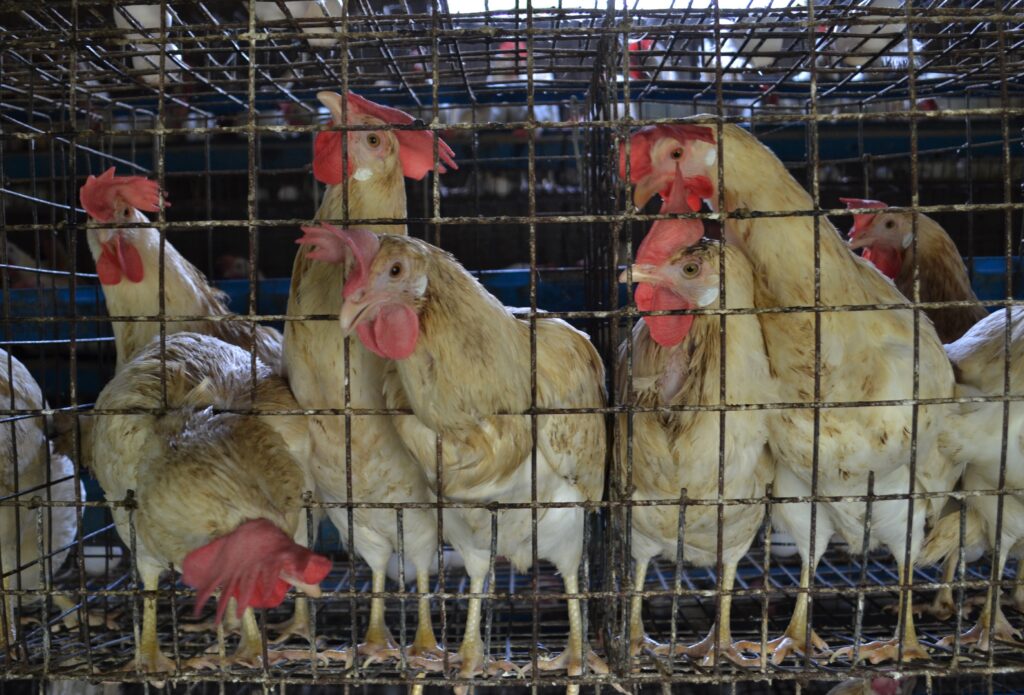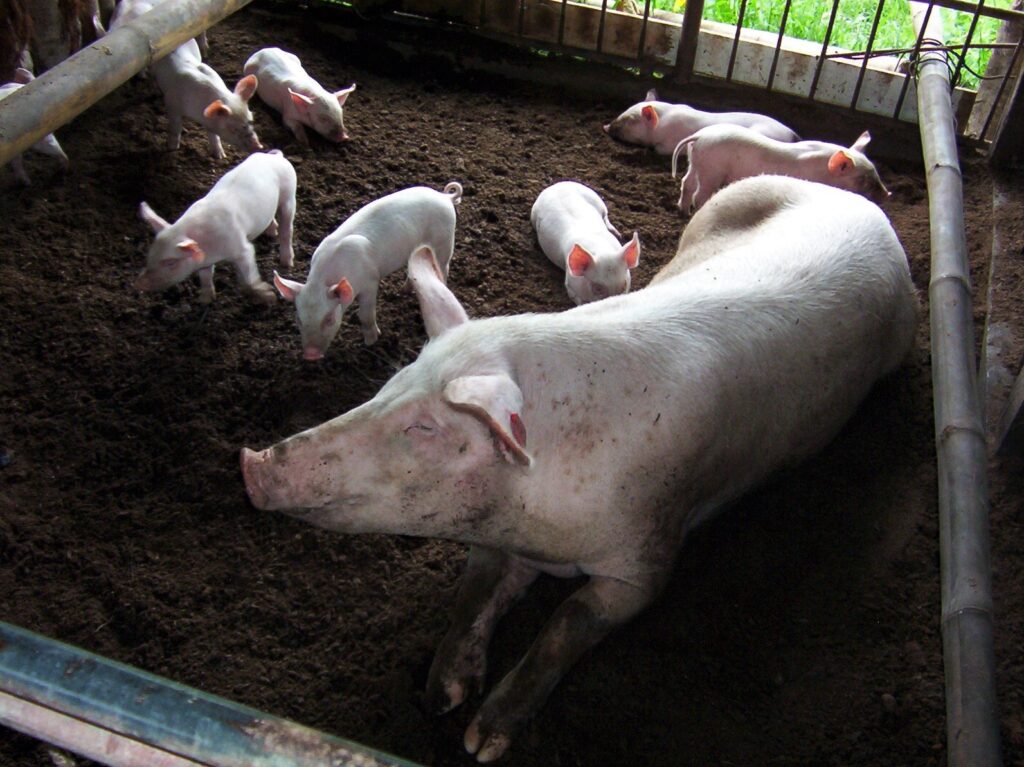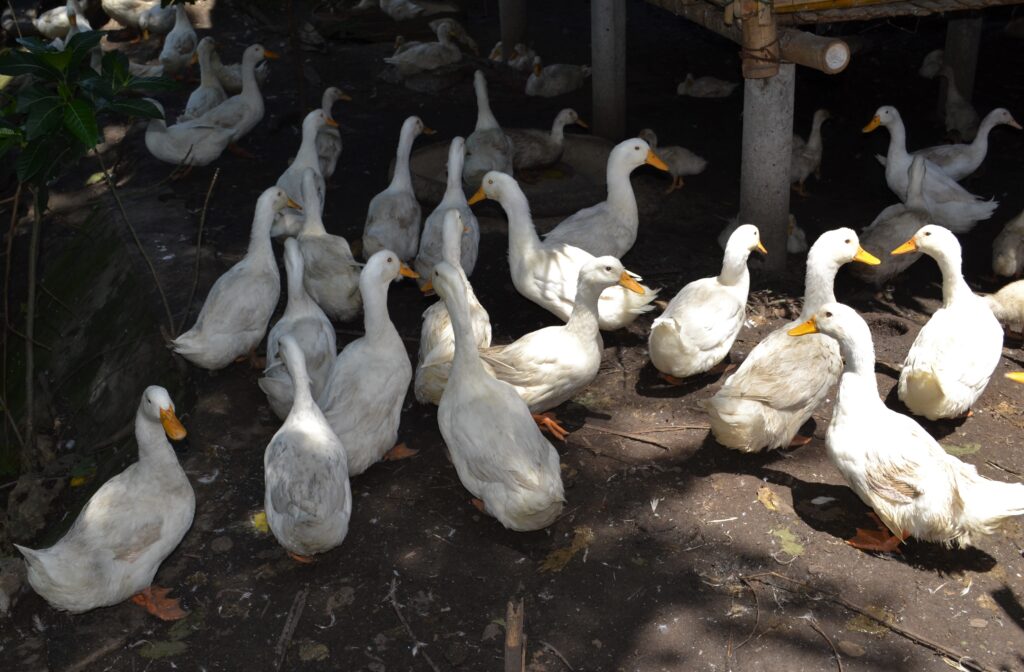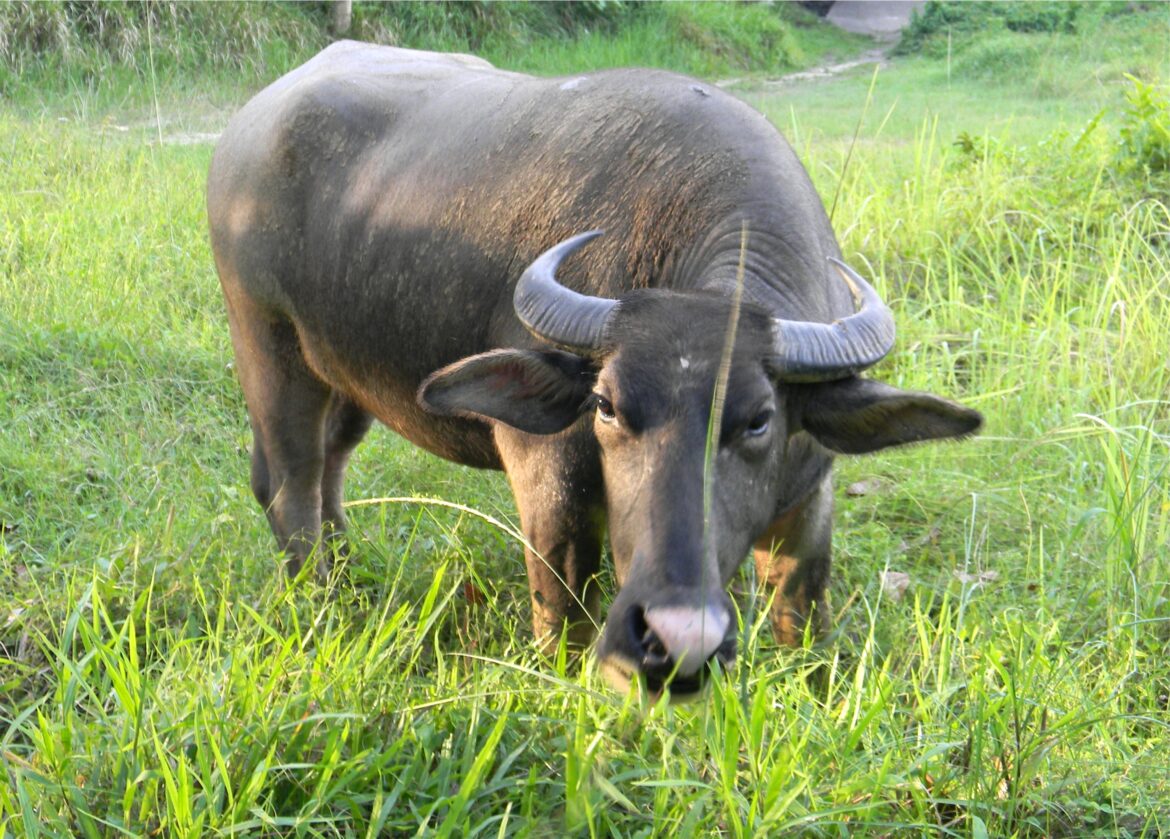by Leah Lyn D. Domingo
“Approximately 70% of all emerging and re-emerging pathogens are zoonotic, and we don’t know when the next threat—the next disease X—will emerge,” World Health Organisation (WHO) Director-General Tedros Adhanom Ghebreyesus said at the 27th Tripartite Annual Executive Committee Meeting World Organisation for Animal Health (OIE) held last February 17.
On the same day, the Philippine government-hosted Southeast Asian Regional Center for Graduate Study and Research in Agriculture (SEARCA) convened animal disease experts from the Philippines, Australia, and the United Kingdom in an online forum that delved into “Livestock Diseases and Zoonoses: How Secure are Biosecurity Measures?”
SEARCA Director Dr. Glenn B. Gregorio said the forum was held via the SEARCA Online Learning and Virtual Engagements (SOLVE), which highlights specific concrete and practical actions on the ground to disseminate and promote these to stakeholders in the agriculture sector and the general public.
University of London Professor Richard Kock defined zoonoses as the naturally transmissible infection from animals to humans. He said when this happens, there is usually an animal reservoir that leads to infection.
Samples of human pathogens that evolved from wildlife source organisms are influenza A, HIV, SARS CoV, rabies, and dengue. With these examples, Kock noted that emerging zoonoses are mostly associated with tropical and sub-tropical climates, which could also mean that the main burden of zoonoses is in developing countries.


Pigs
Kock emphasized that disease emergence can be classified as a cost of development as it has social, economic, and trade impacts, which are costly, as can be seen with the COVID-19 pandemic.
He noted that conditions created in domestic animal production systems and human landscapes provide opportunities for pathogen jumping and evolution, amplification, and spread, directly or through livestock, to humans.
Department of Agriculture-Bureau of Animal Industry (DA-BAI) Animal Disease Control Section chief Anthony Bucad cited an Organisation for Economic Co-operation and Development (OECD) report that every Filipino consumes an average of 28.8 kg of meat annually, thus making the livestock industry a priority focus of the DA.
Bucad reported that DA-BAI has been implementing legislation and policies that push the livestock sector to the top of government priorities.
He said an animal disease reporting mechanism was formed to improve the surveillance system in the country in early detection of diseases and monitoring of disease outbreaks.
He also affirmed that border control policies are likewise in places such as the Pre-Border Measures for the Export of Meat and Meat Products to the Philippines since 2006 (DA Admin. Order #16 s2006) and Importation Procedures for Live Animals (DA Memorandum Circular #12 s2017).

In addition to these, Bucad shared that DA-BAI is currently drafting the National Biosecurity Guidelines of the Philippines.
He said awareness campaigns such as the “Sampung Utos ng Biosecurity” are also implemented to improve knowledge and understanding of the basic principles of biosecurity to prevent disease events, be it in a commercial or backyard setting.
Other campaigns, including emergency preparedness plans, are also carried out for rabies, avian influenza, African Swine Fever (ASF), and foot and mouth disease, Bucad added.
He said capacity-building activities are also conducted for local counterparts to help DA-BAI with its mandate of animal disease prevention and control.
Bucad implored the public for their cooperation in animal disease control and prevention and advised them to coordinate with local government authorities in the event of an animal disease outbreak in their community.
University of Queensland veterinary epidemiology senior research fellow Tamsin Barnes stressed that part of what makes biosecurity measures effective would be the human behavior component. She spoke from her experience in a project that introduced practical biosecurity measures that helped farmers keep their swine from contracting ASF.
She explained that the project showed that “Enhanced awareness and understanding among the community is essential and a group level approach is beneficial. The scientific principles of biosecurity are very important, but so too is the human behavior component. We need scientists, social scientists, and all community members to work together to enable greater potential for biosecurity measures to be adopted, and to continue to be used in the longer term to improve animal health and human livelihoods.”

